This is perhaps meaningless but I wanted to share because it’s a hope for how a business should be managed and the stark opposite to the reality. In reality, most problems in the workplace are fixed as a matter of a response not as a proactive process to optimize how things happen.
For example, most small businesses have that one organized person with an overweight Outlook profile that holds every invoice, confirmation email, password reset request, welcome message, fax, instant message log, screenshot collection and extensive notes.
Over time this person spends more time waiting for the search to return the results (or organizing them into a system only they understand) than working. It’s not optimal, it’s not smart but it happens.
As I have mentioned in a lot of my presentations, we use software to solve problems. Painful problems. We get pushed so hard to the cracking point that we spend incredible amounts of money and time to solve a problem that a few years later we have tons of middleware, databases, knowledge bases, SharePoint sites, defunct Doku sites, Joomla sites and apps, blogs, tickets, public folders.. collection of ancient ruins of attempts to organize knowledge.
The SMB IT industry has done a fairly good job of solving the problem of serving clients in terms of managing support requests and billable time. But when it comes to managing vendors, managing employees and HR, managing goals and careers, passwords, schedules.. it’s still a middleware nightmare ballin’ on a budget.
What I’m about to show you…
Is my humble attempt at taking ExchangeDefender (and everyone willing to use Shockey Monkey to manage their business) to unify all these concepts not as a hacked together pile of halfassed apps with no interest with working with one another… but a well thought through system for management of things beyond support tickets.
If we cared about ourselves as much as we care about our clients, we’d be in a much better place. Unfortunately, nobody pays us to be good kids that keep their room clean – our clients pay us to manage their problems not our own.
Motivation just isn’t there.
But read this post again. It’s never going to be as simple as it is now to get a handle on your vendors, notes, employees, HR policies, notes, knowledge bases and more. Your business, if it grows, is only going to get more complicated and more complex and have more people in it not less.
So here is what we did:
Organize your people (click for image for a higher resolution pic)
Setup a system to track career goals and accomplishments. Don’t make reviews an annual affair – set the goals and rewards and put it in black and white as to what you want. Then let everyone do what they have to – if people just wait to become more relevant they will never see much progress – but if they can visualize their progress things change FAST!
Get better organized about your people. I’d venture every single one of my friends would agree that their team is far more relevant than any of the PCs out in the field – yet we keep metrics and hardware specs and documentation on silicone junk far better than we track even basic stuff about our staff. Track licenses, education, certification. If they are doing it right and you’re managing them correctly their list is longer when they leave – you move them to the next level in their career!
Timesheets that are actually smart. If your timesheet hasn’t changed since 1950’s more than going from a piece of paper to a number entry on the screen then you have the same level of performance and insight that people had in 50’s. Why do you think we have biometrics, checkin, intelligent status boards.. for cosmetic effects? Shockey Monkey checkin systems track when the user shows up for work, when they go to lunch, when they come back and when they leave – they automatically adjust the timesheet for them and document when there is an exception (Are you late an hour every Thursday because you suck or because I forgot that I assigned you a BNI meeting every Thursday?)
Finally.. If your company is worth anything IP-wise, you have a process. If that process is not documented and you don’t have a way to instantly pass that process off onto a new employee… you don’t have a process… you just have a preferred way of doing something that cannot be measured, audited or trained to anyone unless you do it all yourself. Well, Shockey Monkey flips all that.
Naïve or just stupid?
I am not naïve, I know that what I have just shown you will be used by a very small number of people. Perhaps it’s just going to be us.
The reality is that people do not face their problems or attempt to solve them until the pain of living with the problem is more than the cost of acting to fix the problem.
Perhaps I just have some faith in the small business world as technology becomes simpler and more convenient. When the really big problems are out of the way – not worrying about updating Windows because your laptop continues to crash, not worry about why your phone isn’t syncing, why your email isn’t arriving, why your Quickbooks keep on crashing… you have more time to right the wrongs in your business.
In a sense, this is the optimistic take on what I see small business evolving towards.
Perhaps it would have made more sense to spend time and money on some common problems people ARE willing to pay for now – but my take is that people that are stuck in the past or stuck inside the problem so deep that they don’t see the world passing them by – will not be around in a few years.
I like to look forward.
In the meantime, I hope Shockey Monkey 3.3 keeps on pushing you there. It’s live, enjoy. If you’d like to watch yesterdays webinar, it’s here.


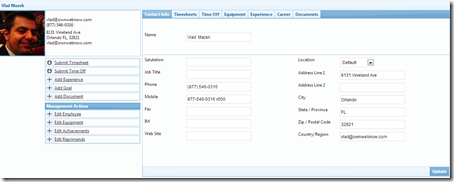
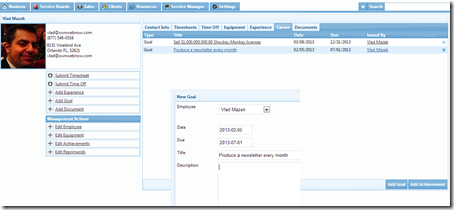
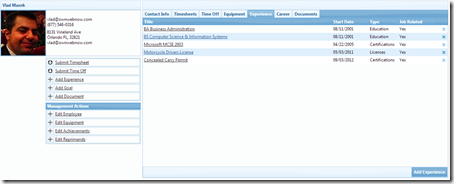
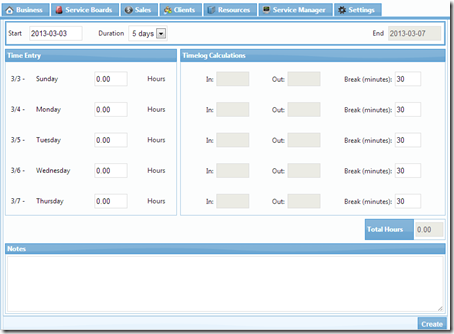
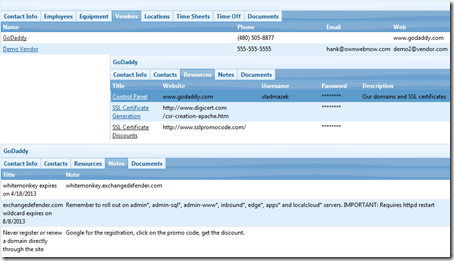
 For the less coherent, more grammatically correct realtime insight, follow me on Twitter at
For the less coherent, more grammatically correct realtime insight, follow me on Twitter at
2 Responses to Manage beyond IT